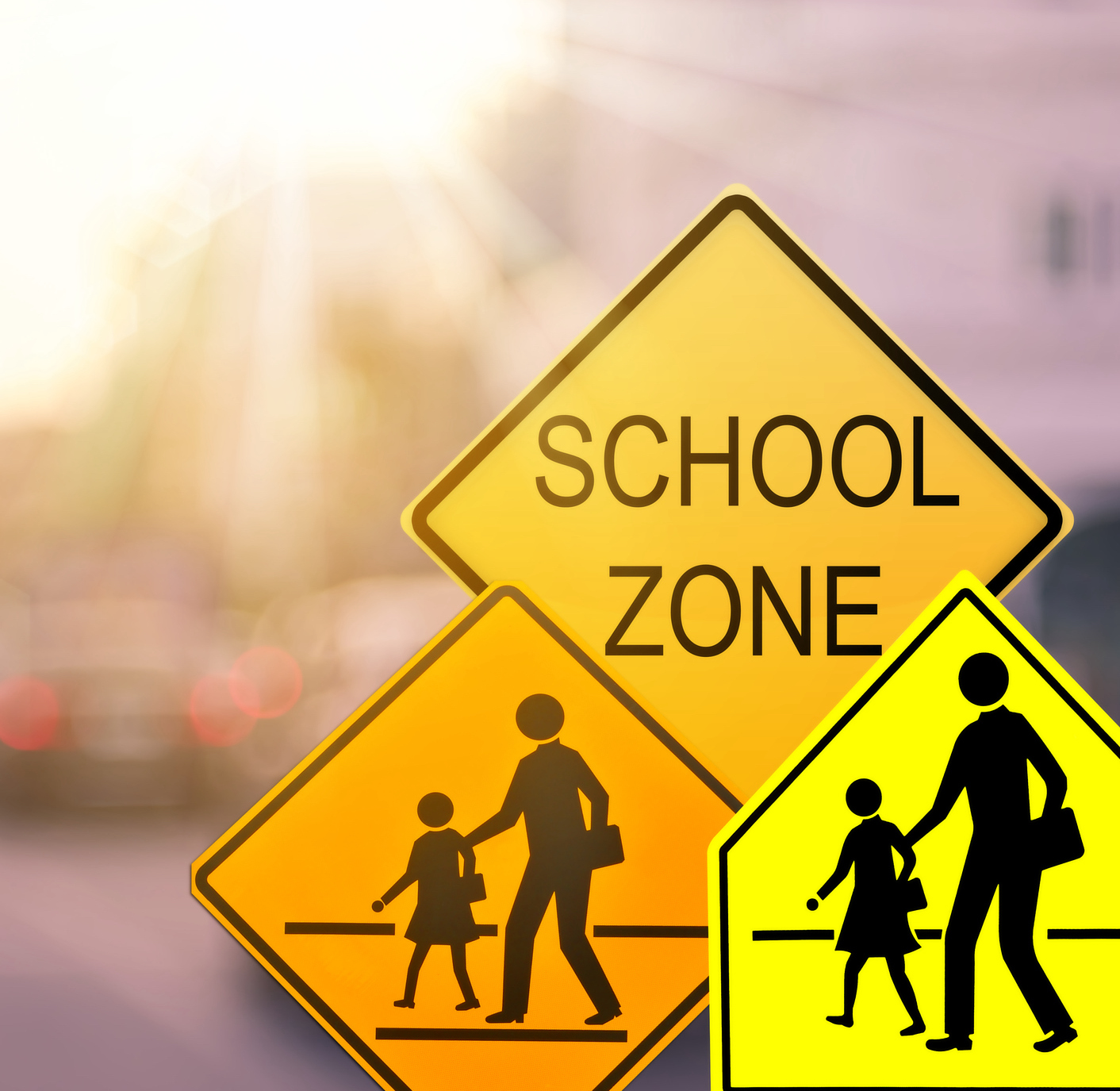It is essential to address the trauma experienced by students, faculty and staff in the wake of school shootings. The negative consequences of these events becoming more frequent include post-traumatic stress disorder, depression, anxiety and other mood disorders. Schools must implement trauma-informed programming to care for their community members’ safety and well-being.
Educators, students >amp; their families are sounding the alarm. School should be a safe environment in which to learn, grow and develop. “When violence or disaster affects a community, teachers and school administrators can play a major role in the immediate recovery process by providing specific structured and semi-structured activities.” As such, school leaders may deem it necessary to integrate school safety measures into the curriculum, whereby such protocols and practices are taught explicitly. Just as educators expect students to perform well on assessments, learners should be able to demonstrate proficiency in school safety.
Background
Reports of active shootings can be traced back to the 1700s. The first recorded mass shooting occurred on July 26, 1764, when the schoolmaster and 10 students were killed. In the 1800s, 12 school shootings were reported. And the 1970s later became known as the second most violent period in U.S. school history. By the mid to late 1980s, gun violence was steadily increasing. From 1986 to 1990, 71 people (65 students and six school employees) were killed with guns on school campuses throughout the United States. And mass shootings continue to paralyze communities worldwide. Fifty-one school shootings in 2022 resulted in 40 deaths and 100 injuries. In 2023 (as of May 24, according to Education Week), 12 people have died and more were injured as a result of gun violence in schools.
Not all school shootings receive mass media coverage. But the damage caused within these communities will have lasting effects.
Legislators and school leaders are exploring ways to make schools safer. Related programs and initiatives must address safety protocols as well as the school culture and community. An effective school leader makes decisions that affect the school in a positive manner. Thus, leaders must act to prioritize school safety. But what steps are required to increase school safety?
Effective communication >amp; transparency
All potential threats are serious and worthy of investigation. If individuals see something, they must say something. Information must be delivered to the appropriate authorities in a timely fashion. Safety and security practices begin by creating a secure, trusting environment through communication, vigilance and being proactive. Studies have shown that communication is vital for school safety (Burton, 2020).
The dialogue around school violence is increasing in intensity. When will it happen next? When will it stop? Tragedy occurs in the blink of an eye. Media coverage has heightened awareness of horrific tragedies associated with mass shootings. Active shooter drills have become ubiquitous for educators and students these days, with more than two-thirds of schools conducting them throughout the year (Burton, 2020). Proponents of the drills argue that they can lay the groundwork required to save lives, by emphasizing the behavior students and faculty should display. They believe demonstrating how to lock doors, turn off lights, and move out of sight improves feelings of preparedness. However, others believe such practices are traumatizing. Discussions about lockdown drills will continue, and viewpoints are mixed, but we share a collective goal to ensure students and educators remain safe on campus.
Conclusion
Teachers and school leaders must work together to promote school safety. This requires adequate tools and training programs and an individualized approach to community building. There is no one-size-fits-all approach to combating the problem. But one shooting is too many. School shootings disrupt the learning process and have profoundly adverse psychological effects on students. In addition, the local community can be scarred from such horrendous acts of violence. The offenders’ family and friends experience trauma as well. Collectively, we all must seek ways to reduce violence, especially on school campuses. The loss of a sense of safety affects everyone. After all, Maslow told us that safety is a basic human need.
Tamara Coley is a business education teacher and an FBLA advisor at Sumter County High School in Americus, Georgia. She credits former teachers for making a difference in her life, and that is why she became a teacher. Coley’s goal is to ensure she is a guiding light for all students, which starts with a safe environment and an inviting classroom. Currently, she is pursuing a specialist degree in secondary education at the University of West Georgia.








